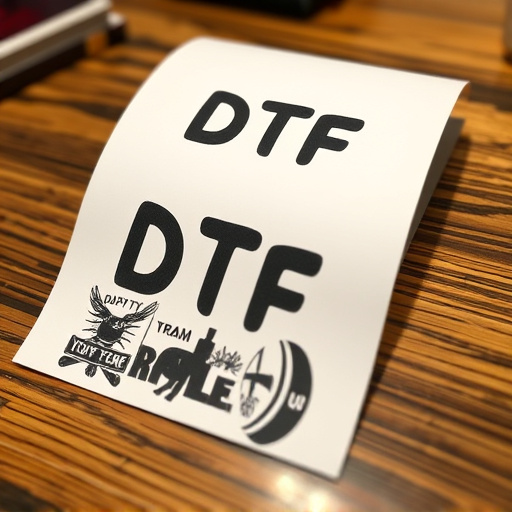Ingrown hair, caused by shaving or waxing against the hair's growth direction, can lead to inflamed, irritated skin with bumps or pustules. While over-the-counter solutions exist, many opt for laser hair removal ingrown hair treatment as a long-term option. Laser therapy targets pigment in follicles to reduce new hair growth, effective for darker-haired individuals with lighter skin. Other methods include chemical peels, topical medications, and surgical excision. Laser hair removal is a fast, comfortable, and safe method that minimizes downtime and suits various skin types and hair colors. Proper post-treatment care and regular exfoliation prevent ingrown hairs, offering long-term management alongside laser treatments.
Ingrown hairs can be a painful and embarrassing issue, but new expert solutions are now available. This comprehensive guide delves into the causes and common treatments of ingrown hair, with a special focus on the emerging success of laser hair removal as an effective solution. We explore post-treatment care and prevention strategies to ensure optimal results. By understanding these advanced methods, you can break free from ingrown hairs once and for all. Discover expert insights and learn about laser hair removal ingrown hair treatment options that offer lasting relief.
- Understanding Ingrown Hair: Causes and Common Treatment Methods
- The Rise of Laser Hair Removal for Ingrown Hair
- Exploring Effective Post-Treatment Care and Prevention Strategies
Understanding Ingrown Hair: Causes and Common Treatment Methods

Ingrown hair is a common skin concern, often caused by shaving or waxing against the growth direction of hair follicles, leading to hair curling back into the skin and causing inflammation. This condition can result in painful, irritated patches on the skin, typically appearing as small red bumps or pustules. Understanding the causes is key to finding effective treatments.
While there are various over-the-counter solutions, many people turn to professional laser hair removal ingrown hair treatment as a long-term option. Laser therapy targets the pigment in the hair follicle, aiming to disable or reduce its ability to grow new hairs. This non-invasive procedure is particularly effective for those with darker hair and lighter skin, offering a permanent reduction in ingrown hairs. Common treatment methods also include chemical peels, topical medications, and surgical excision for severe cases.
The Rise of Laser Hair Removal for Ingrown Hair

In recent years, laser hair removal has emerged as a popular and effective solution for those dealing with ingrown hairs. This advanced technology offers a precise and targeted approach to hair reduction, addressing the root cause of ingrown hair growth. Unlike traditional methods that focus on surface-level removal, laser therapy penetrates the skin to destroy the hair follicle, preventing future hair growth in the treated area. As a result, it provides a long-lasting solution for those seeking permanent relief from unsightly and painful ingrown hairs.
The appeal of laser hair removal as an ingrown hair treatment lies in its ability to offer fast, comfortable, and safe results. Modern laser technologies have significantly advanced, allowing for more precise treatments with minimal downtime. This non-invasive procedure is suitable for various skin types and hair colors, making it a versatile option for many individuals seeking smoother, healthier skin. With its growing popularity and accessibility, laser hair removal is now considered a go-to solution for achieving long-term freedom from ingrown hairs.
Exploring Effective Post-Treatment Care and Prevention Strategies

After undergoing laser hair removal or any other form of hair reduction, proper post-treatment care is essential to prevent ingrown hairs. This includes keeping the treated area clean and moisturized, avoiding harsh scrubs or exfoliants that can irritate the skin, and using a gentle cleanser suitable for sensitive skin. It’s also crucial to remain patient during the healing process, as it may take several days for the skin to fully recover.
Additionally, implementing preventive strategies is key to eliminating ingrown hairs in the long term. This involves regularly exfoliating the skin to remove dead cells and unclog hair follicles, using a loofah or mild exfoliating scrub designed for sensitive areas. Moisturizing after exfoliation helps replenish the skin’s natural barrier, while applying cooling gels or compresses can soothe irritated or inflamed areas. These steps, combined with laser hair removal treatments, offer a comprehensive approach to tackling ingrown hairs effectively.
In light of the above discussions, it’s clear that while understanding the causes of ingrown hair is crucial, modern solutions like laser hair removal offer effective treatments. By combining this advanced technique with proper post-treatment care and prevention strategies, individuals can achieve smoother, hair-free skin for longer periods. Laser hair removal for ingrown hair treatment not only revolutionizes skincare but also provides a sustainable solution, ensuring folks can bid farewell to the unsightly and uncomfortable remnants of ingrown hairs.














